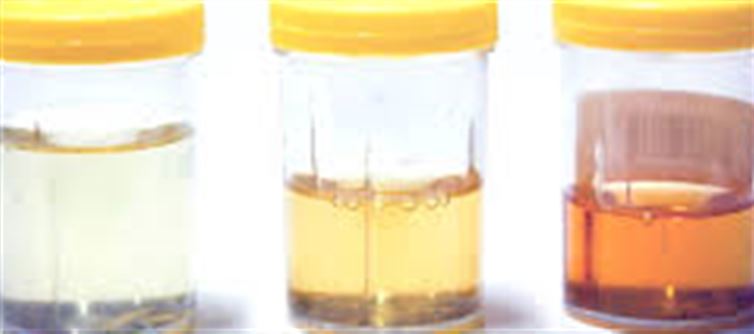
Urine color is often an overlooked health indicator, but it can reveal a lot about your hydration, diet, and overall health. While shades of yellow are normal, red or unusual colors may signal a medical concern.
1. Normal Urine Colors
· Pale yellow to amber: Healthy and well-hydrated.
· Dark yellow: Could indicate mild dehydration—drink more water.
· Clear urine: May mean you are overhydrated, diluting essential salts.
2. red or pink Urine: A Warning Sign
· Urine appearing red, pink, or cola-colored should never be ignored.
· Possible causes include:
o Blood in urine (hematuria) due to urinary tract infection, kidney stones, or injury
o Kidney or bladder disease
o Certain foods like beets, berries, or food dyes
o Medications such as some antibiotics or blood thinners
Tip: Even if dietary causes are suspected, consult a doctor to rule out serious conditions.
3. Other Unusual Urine Colors and What They Mean
a) Orange Urine
· Could be due to dehydration or liver problems.
· Certain medications like rifampicin may also turn urine orange.
b) Green or Blue Urine
· Rare, often due to medications or food dyes.
· May also indicate a bacterial infection in some cases.
c) Foamy or Cloudy Urine
· Could indicate protein in urine, kidney issues, or urinary tract infection.
d) Dark Brown or Tea-Colored Urine
· May signal liver or bile duct problems, such as hepatitis or jaundice.
4. When to See a Doctor
· Persistent red, pink, or brown urine
· Pain during urination or frequent urination
· Unexplained swelling, fatigue, or fever
· Any sudden, unexplained change in urine color
5. Tips for Healthy Urine
· Stay hydrated: Drink at least 2–3 liters of water daily.
· Balanced diet: Limit processed foods, artificial colors, and excess salt.
· Monitor medications: Be aware of side effects that can change urine color.
· Routine checkups: Especially if changes in color are frequent or unexplained.
Bottom Line:
Urine color is a simple but powerful health indicator. While minor changes can be harmless, red or persistent unusual colors should never be ignored, as they may indicate serious underlying conditions requiring medical attention.
Disclaimer:
The views and opinions expressed in this article are those of the author and do not necessarily reflect the official policy or position of any agency, organization, employer, or company. All information provided is for general informational purposes only. While every effort has been made to ensure accuracy, we make no representations or warranties of any kind, express or implied, about the completeness, reliability, or suitability of the information contained herein. Readers are advised to verify facts and seek professional advice where necessary. Any reliance placed on such information is strictly at the reader’s own risk..jpg)




 click and follow Indiaherald WhatsApp channel
click and follow Indiaherald WhatsApp channel